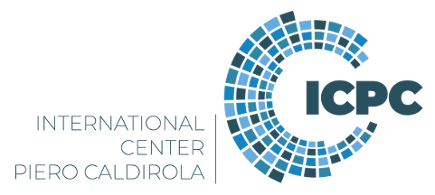Speaker
Description
Stellarators have fundamental advantages, providing steady-state magnetic confinement of fusion plasmas without large toroidal currents and without the associated instabilities and operational limits. In order to fully exploit these advantages, the design of stellarators has to undergo elaborate optimization procedures. Optimization criteria range from reduced neoclassical transport and high-$\beta$ stability, to acceptable fast ion confinement and reduced or tailored intrinsic plasma currents. However, generating a rotational transform by external coils means that stellarators cannot be toroidally symmetric. As a consequence, the plasma equilibrium and the divertor configuration have to follow the predefined 3D-geometry.
Based on these design criteria, stellarator experiments such as Wendelstein 7-X have operational requirements deviating from comparable tokamaks. Aiming at 30 minutes high performance plasmas, long-pulse plasma operation puts specific demands on diagnostics, data acquisition and plasma control: Long-term effects, continuous provision of data and the protection and cooling from steady energy and particle fluxed need to be considered. An example is the dispersion interferometer, which has to provide accurate density measurements without detrimental drifts or fringe jumps. A magnetic island divertor, following the helicity of the edge magnetic field, requires full 3-dimensional coverage by infra-red systems to monitor and assess heat exhaust including the symmetry of the heat distribution. Recent measurements using coherent imaging spectroscopy made the complicated flow patterns in the plasma boundary layer visible. An additional feature of stellarators is that achieving optimum confinement requires high plasma densities (up to 2×10$^{20}$ m$^{-3}$), which is actually advantageous for achieving optimal fusion parameters. For this reason in Wendelstein 7-X, the conditions for the use of the 3$^{rd}$ harmonic X-mode ECE as an electron temperature measurement above the X2 cut-off density were investigated. Moreover, the validation of the optimisation criteria generates a whole range of very specific diagnostic requirements. Very complex tasks are, for instance, the assessment of fast ion confinement, which in Wendelstein 7-X improves with plasma-$\beta$, or the measurement of the small deviations from the rotational transform caused by residual plasma currents or by local current drive. With the reduction of neoclassical transport, turbulent transport becomes increasingly important for the characterization of plasma confinement. However, the 3-dimensional geometry means that the turbulent modes may be toroidally and poloidally localized (e.g., through “bands” of unfavourable curvature drive), which makes them more difficult and costly to observe.
Using Wendelstein 7-X as an example, the presentation will address the specific diagnostic requirements going along with the special properties of (optimized) stellarators. Driven by scientific goals, Wendelstein 7-X enters into a new era of long-pulse-capable instruments. The special features of the diagnostics will be illustrated by selected highlights.

